Customer experience drives growth for the restaurant business. Whether a customer is dining-in or ordering online, his experience of placing the order to receiving it decides if he/ she is going to rave about your restaurant or not turn back again. The restaurant ordering system hence becomes an incredibly important part of the growth of the restaurant business.
How Does A Restaurant Ordering System Work?
A well-designed restaurant ordering system leads to overall business growth. It aligns the 3 most important touchpoints for the customer:
- In the case of dine-in: the staff taking the order can create a highly personalised experience
- In the case of online-ordering: a well-designed ordering system can make the customer feel the ease of ordering and tracking their order
- For the chef (at the kitchen level): the ordering system connected with a KDS can be of great value to create personalisation in preparing food
As your restaurant business grows, the complexity of operations grows. Customers have more touchpoints to engage with your restaurant (online and offline). An efficient restaurant ordering system must ensure that the restaurant operating team has deep visibility across all order-input channels.
The approach that fastest-growing restaurants take – omnichannel.
The fastest-growing restaurants opt for an omnichannel approach. This approach keeps the customer at the centre of the entire experience. The entire restaurant ordering system is designed keeping the customer’s experience first. This approach has far-reaching implications in increasing customer loyalty and hence sales.
At this stage, it is important to mention the role of the restaurant POS. An ordering system works like magic when it is backed with an as efficient POS system.
In this article, we cover the following :
- What is the significance of a restaurant ordering system?
- How a centralized Restaurant Ordering system streamlines order management in the restaurant?
- How does integration with Kitchen Display Systems enhance the efficiency of order taking in the restaurant?
- How third party integrations prepare restaurant business for taking online orders?
- How an automated ordering system enables a restaurant’s website and mobile app to accept and manage online orders?
What Is The Significance Of A Restaurant Ordering System Along With The POS Software?
Backed by a well-integrated POS software, a restaurant ordering system will ensure that your customers always have a great ordering experience whether dining-in or ordering online.
A smart restaurant ordering system offers complete restaurant order management solutions. It is an integrated system that streamlines order taking from multiple channels. It also provides a unified view of the complete order input to output cycle to the stakeholders involved.
The restaurant ordering system in a cloud-based Point of Sale (POS) is an evolved, integrated system that processes orders from the following touchpoints :
- Restaurant premises
- Third-Party Aggregators
- Restaurant Website/ Mobile App
A POS backed with ordering system gives a unified view with a central panel that accepts orders from multiple channels. This makes it easy for the restaurateurs to track item-wise sales. They can analyze the best and least performing items based on the detailed reports of the orders received. The menu modifications and customized offers can also be set based on orders placed by the customers.
How Is Order Taking Simplified With A Centralized Restaurant Ordering System?
A good order taking mechanism in a restaurant ensures speedy delivery of orders that is accompanied by efficiency.
Why is merging the orders from multiple platforms into a centralized panel important for your restaurant business?
Below we discuss how a centralized restaurant ordering system adds efficiency to different levels of order taking in your restaurant.
1. Optimize Order Taking Management On-Premise
The manual paper pen way of order taking is prone to errors and confusion. Moreover, the order cycle has to pass through several people. That is why the restaurants today have adopted the technology of taking orders straight via their POS systems.
A centralized restaurant ordering system decreases the chances of manual errors. The restaurant attendants have access to the entire menu and table numbers on their screens. It helps them to generate instant KOT without any chances of delays or confusion.
Restaurateurs can also track and optimize overall table turnover time. Many restaurants take orders directly on the tablets. The orders received on the tablets are directly reflected in the system. It significantly decreases the table turnover time on each order.
All the in-premise orders, takeaway and delivery orders are reflected in a single system. Restaurants can set offers based on the different types of orders. In the takeaway and delivery orders, the restaurants can set customized discount coupons and add different payment options.
For dine-in orders, the system can process categorized bills.
Example: A separate bill for food items and alcoholic beverages. It automatically calculates customized discounts or complimentary offers. It can also split the bills equally depending on the customer and items consumed.
The servers can view the most ordered and preferred items on the menu, which helps them in up-selling and cross-selling. As there is better coordination between the restaurant staff, the overall efficiency of the restaurant also increases.
2. Streamlining Order Taking With Integrations
A key stakeholder of the order taking process in a restaurant is the Chef (or the Kitchen manager). An order taking system integrated with a well designed KDS creates incredible value.
Integration With Kitchen Display Systems (KDS) In A POS
In a Kitchen Display System, monitors are placed at the Back of House (BOH) where the food is prepared. The Front of House(FOH) places orders on the system and it displays on the monitors. The kitchen staff immediately gets the notification about the number of food items to be prepared. The raw materials and the inventory to be consumed is also calculated as per the number of orders.
The KDS also accepts online orders directly into the system. There is no manual requirement for adding the order first in the system and then pushing it to the kitchen.
Integration with Kitchen Display Systems enables better kitchen management. These systems ensure timely deliverance of services. The ticket time reduces significantly without any scope of manual errors.
During rush hours, the chances of excessive usage or wastage of raw materials are high. No standardization in the recipe management deteriorates the food quality. Wastage of raw materials and inventory incurs high costs. A substantial delay follows it in services. Improper order management ultimately leads to customer dissatisfaction.
Integration with KDS streamlines the entire ordering process. It highlights the right estimated amounts of raw materials required for food preparation that significantly helps in the overall inventory management. Maintaining proper levels of inventory reduces food costs. Timely deliverance of services enhances the overall customer experience.
Integrating With Online Food Aggregators
Integration with online food aggregators like Zomato, Swiggy, UberEats creates several efficiencies in the order taking process. For any restaurant, this is an important consideration because the online aggregators are heavily investing in technology, delivery staff and marketing to capture the end customer’s loyalty.
When the customer places the order, the restaurant receives the request directly into their system. Every customer can have a specific choice of the kind of food they want to have. This is where the order taking system becomes really valuable.
Not integrating with the third-party platforms utilizes the efforts and time of manually updating the order on the system. The restaurant may also miss the slightest chances of adding minute details.
Integrations eliminate the otherwise time taken to add the order details manually. There is no hassle of working on multiple screens or consolidating the data manually.
3. Taking Orders Via Restaurant’s Website/ Mobile App
Restaurants are realising the need to own the end customer order placing experience. This is why they are investing in self-owned website/ mobile apps. This way they can manage the end customer experience a lot more.
A powerful trait of the restaurant ordering system is that it profoundly integrates the website/mobile orders with the POS.
All the orders received online are pushed in the system directly. There is no chance of missing out on any orders. Any orders received online would also reflect in the real-time orders in the POS.
A detailed report on orders received on the website provides insights about the performance of each item. Combining the sales information from both online and offline mediums, restaurateurs can bring modifications to the central menu.
Any changes made in the menu automatically reflect on the restaurant’s website and mobile app.
Retaining customers also becomes easier. The central CRM instantly updates the collected customer data from the website/ mobile app. Based on the consumption patterns, the restaurateurs can create customized offers and even send direct push notifications via the app. Even for the customers, it is more accessible to track their order history.
4. Drive More Revenue
Giving customers simple access to online order placement can help restaurants boost sales and maximize return on investment. Online food ordering makes it simple and hassle-free for your consumers to order their preferred foods.
With less pressure to place and receive orders, customers are more interested in the various menu options. This may lead to an increase in food orders, since consumers may spend more time in your restaurant, hence increasing your sales and revenue.
5. More Accuracy
Even the most skilled server can make a mistake when taking an order. However, this situation may be avoided if your workforce is more technologically adept, and installing restaurant ordering software would undoubtedly provide you and your workers a break from miscommunicated orders.
Additionally, multiple payment methods, real-time monitoring, in-app chatbots, and simple search features help increase order accuracy while minimizing errors and preventing misunderstandings.
6. You Get to Keep the Profits
With online restaurant ordering software, you don’t need a mediator. This means no more issues of paying high commissions or sharing large chunks of your profits with third parties.
You get direct access to the technology you need to take orders, and the only fees you have to pay are for payment processing and shipping. The rest of the money you make stays in your pocket.
Questions you must ask before investing in a restaurant ordering system
- Will the ordering system help you manage all orders across channels in a single view?
- Is your restaurant POS equipped with the essential requirements of an ordering system?
- Will your existing restaurant ordering system upgrade as you scale your restaurant business?
- Is the restaurant ordering system designed keeping the customer in the centre of the entire ordering process?


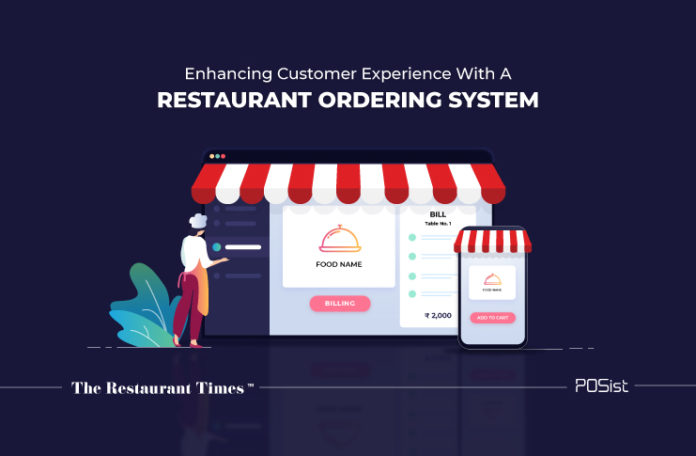
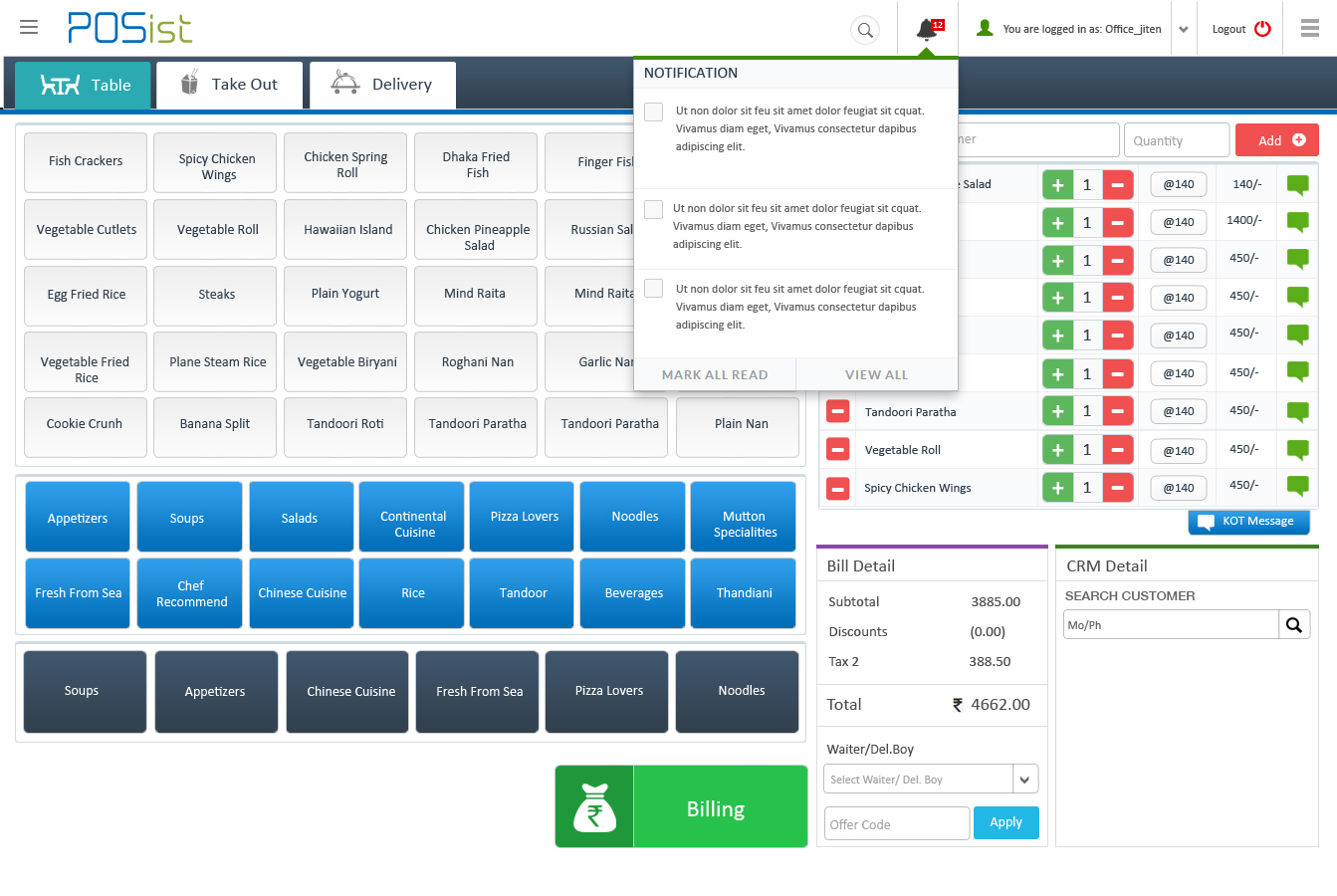
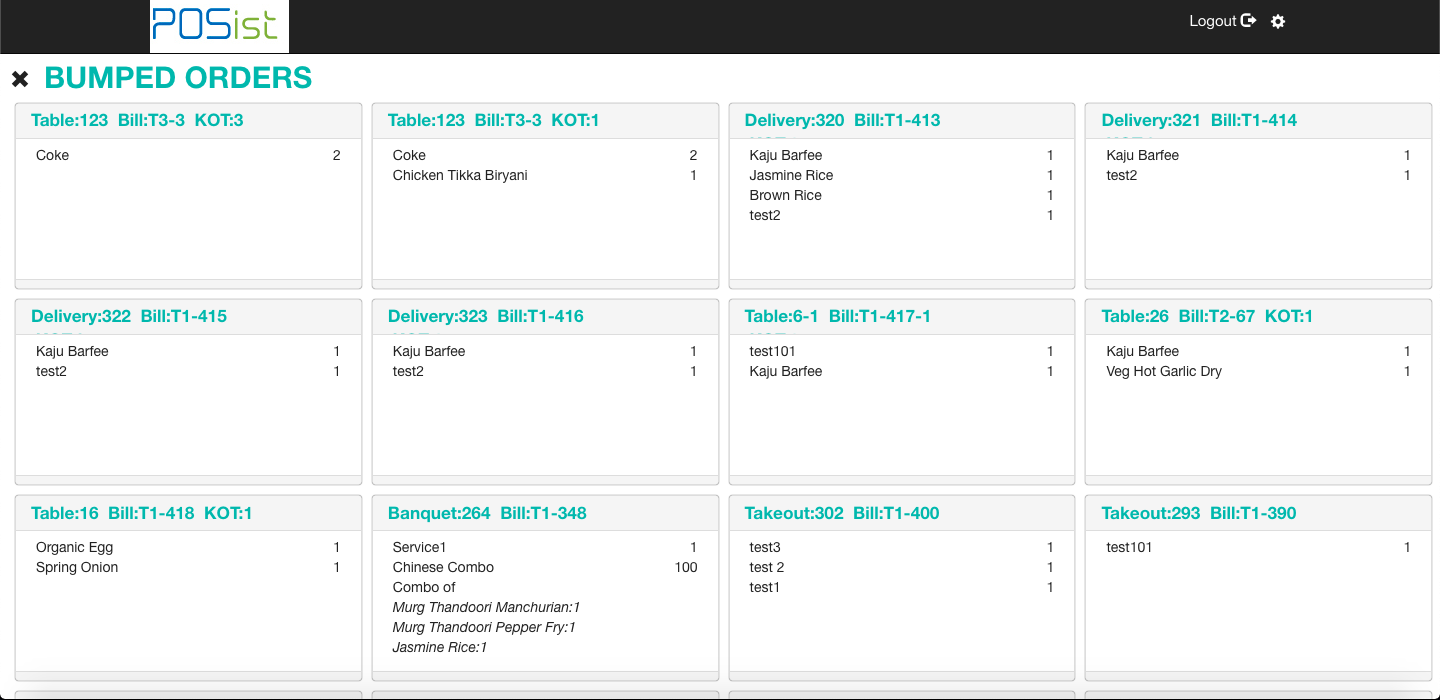
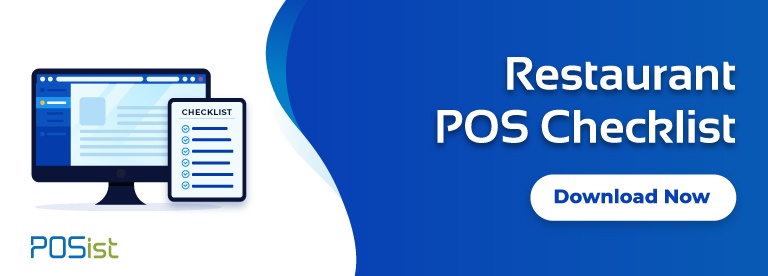


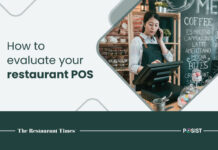
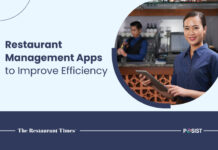








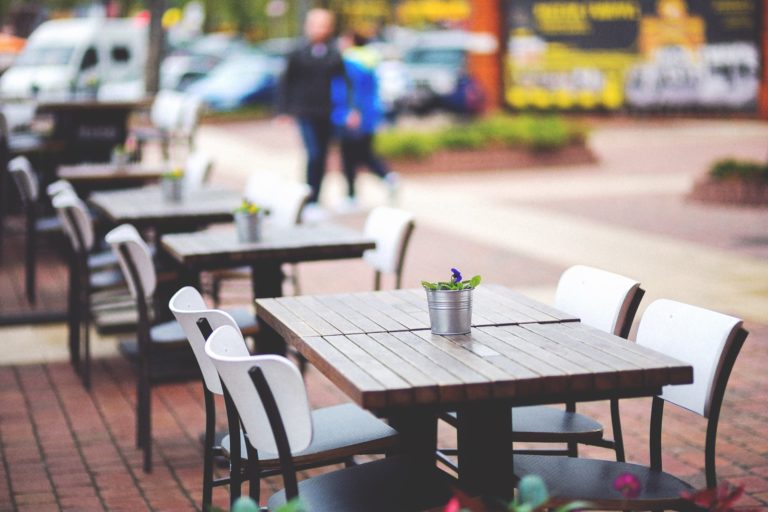
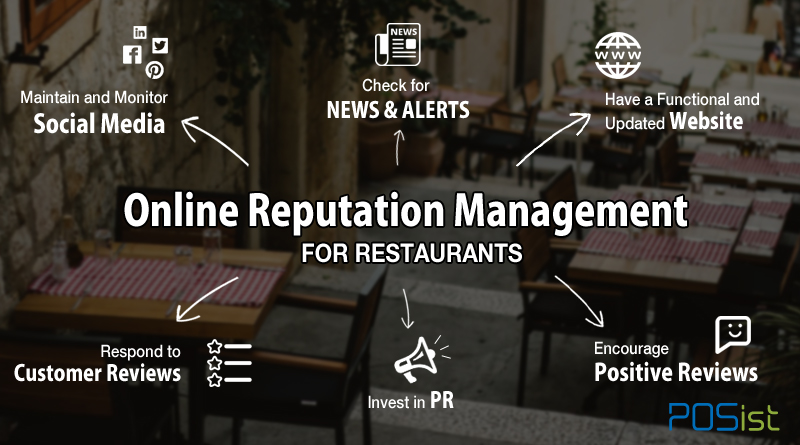
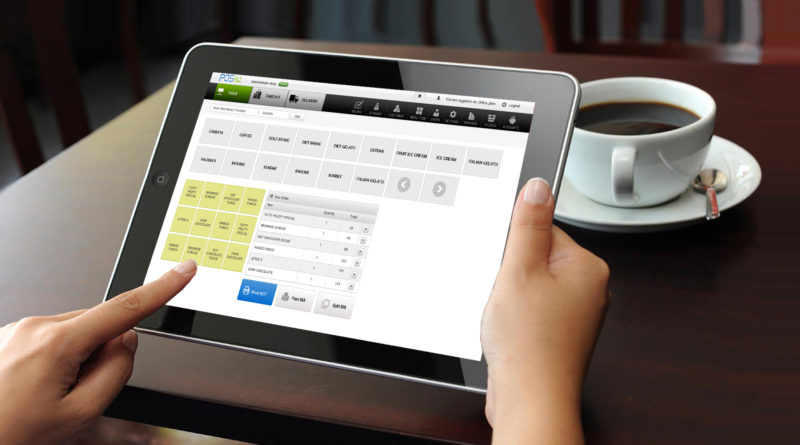
Thanks for the brilliant post.